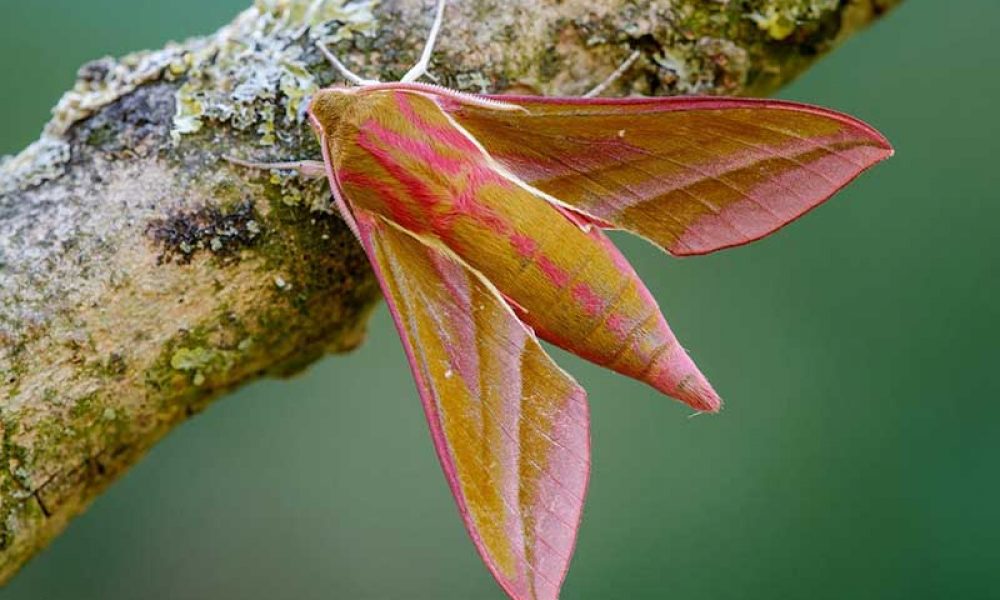From wetlands and woodlands to wildflower meadows and cultivated shrubberies, The Park benefits from a range of habitats that support a vast array of invertebrates. Despite its busy central London location, the park is home to a number of rare species that are of national importance; in 2003, survey works recorded 104 spider species (including six of national importance) and 109 beetle species (including four of national importance).
In 2017, The Royal Parks Mission Invertebrate project was launched. This is a conservation project that aims to enrich wildlife across London’s Royal Parks by helping invertebrates, one of the parks’ most important inhabitants, to thrive. The project works closely with the Park managers to carry out specialist research. By understanding more about which invertebrates live where, better conservation works can be prioritised.
Survey work in 2017 looked at the invertebrates that support the diet of the resident hedgehog population. The survey identified six insect species living in the Park that were uncommon or rare to this area of London, including several beetles and myrmecina graminicola, a very local and secretive grass-dwelling ant that appears to have set up a stronghold across the park.
In 2019, 404 species of moth were recorded in the Park, including several that are nationally scarce, as well as spectacular favourites like the elephant hawk-moth (Deilephila elpenor) and the fantastically camouflaged buff-tip (Phalera bucephala). The Park is also home to the white-letter hairstreak butterfly (Satyrium w-album), which is a priority species in the UK, meaning that it’s been identified as being most threatened and needing conservation action to protect it. By monitoring the population, the Park managers can help protect the white-letter hairstreak by actively managing the elm suckers that are the food plant of the caterpillars.
Other invertebrate-led habitat works taking place in the Park over recent years include deepening an area of the boating lake and building a new reed bed to help improve the water quality to support aquatic invertebrates. Also creating a new wildflower meadow near to Ready Money Fountain, with a bee bank to provide homes for the Park’s solitary bee population. The Park management team also work to relax mowing and increase scrub habitat wherever possible to help support a more abundant and diverse invertebrate population. This in turn ensures there’s a ready supply of food for the Park’s bats, birds and small mammals that rely on invertebrates for their survival.





